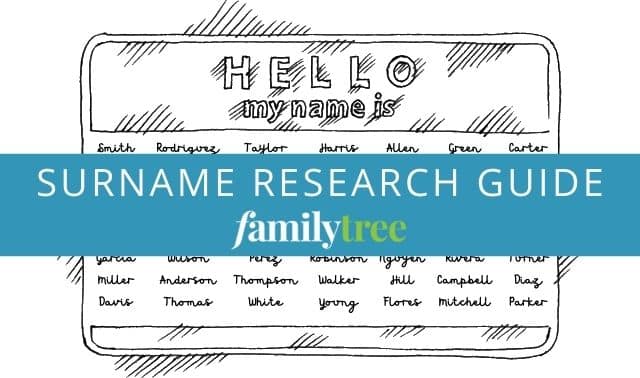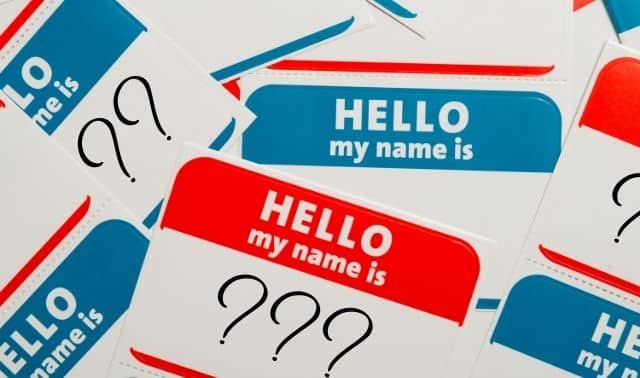Sign up for the Family Tree Newsletter Plus, you’ll receive our 10 Essential Genealogy Research Forms PDF as a special thank you!
Get Your Free Genealogy Forms
"*" indicates required fields

Is the Danish surname I’m researching correct?
Q: A 1799 birth record for my Danish ancestor gives the father’s name as Jens Hansen Bødker, but I can’t find this person anywhere else. What am I doing wrong?
A: It’s possible that whoever transcribed that church record mistakenly added the occupation to the name. Much as in English, some Scandinavians took occupational terms as surnames. But in the period you’re researching, patronymic surnames (the father’s first name plus –sen or –datter) were much more common. Bødker is Danish for a cooper, or barrel maker, and the original church record could certainly have noted this occupation. Try searching with just Jens Hansen and see if you have better luck. To differentiate among the zillions of Danes with that name (even today, Hansen is the third most common Danish surname) try to include a place, such as the parish from the birth record, and Jens’ child or wife, if known. Check out this handy list translating occupations and other words commonly found in Danish records.
A version of this article appeared in the December 2018 issue of Family Tree Magazine.
Why did my Danish ancestor change his name?
Q: Why would my Danish great-grandfather Niels Peter Jorgensen add Bager (his mother’s maiden name) to his name as an adult? Could names be altered at any time?
A: You don’t say when your ancestor lived or when the name change might have occurred, but it’s likely that Niels was responding to laws that required all Danes to adopt fixed surnames. Previously, as in neighboring Sweden and Norway, Denmark mostly followed a patronymic system in which children took the father’s first name as a surname, adding –sen (“son,” spelled søn until the late 1700s) for boys and –datter (“daughter”) for girls. So Niels’ father would’ve been Jorgen, and his patronymic surname became Jorgensen. Women with patronymic surnames typically kept their maiden names after marriage.
Denmark began to switch to permanent surnames earlier than its Scandinavian neighbors, with nobility required to do so by royal decree in 1526. Clergy, merchants and townspeople later picked up the custom, and a 1771 decree called for fixed surnames for most of Schleswig. An 1828 surname law applied to everyone, but it was vague in wording and extremely slow to be adhered to, especially in rural areas. Most Danes living in cities took permanent surnames from about 1850 on, with rural residents adopting them more slowly. Another law, enacted in 1856, “froze” family names—whether patronymic or not—but this too was commonly ignored. The tradition of changing last names with each generation finally faded in most places in the late 1800s.
A 1904 law allowed people who had fixed, formerly patronymic surnames to change them, since so many people shared the same handful of –sen surnames. People who took advantage of the law often adopted more individual or distinctive surnames, sometimes after their place of birth. Even today, however, the most common Danish surnames all end in –sen, reflecting their patronymic origins: Jensen, Nielsen, Hansen, Pedersen, Andersen.
Ironically, in 2006 Denmark passed yet another surname law that once again allows people to use changing patronymics as last names. It’s unclear as yet how many Danes will revert to this tradition.
A version of this article appeared in the October/November 2017 issue of Family Tree Magazine.
ADVERTISEMENT




